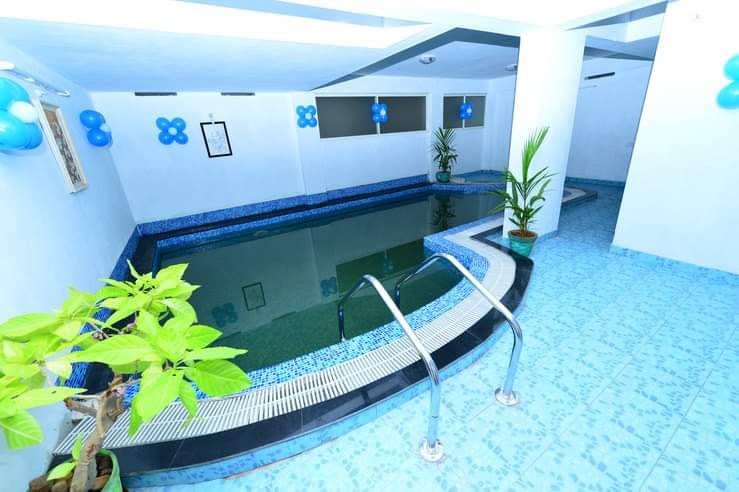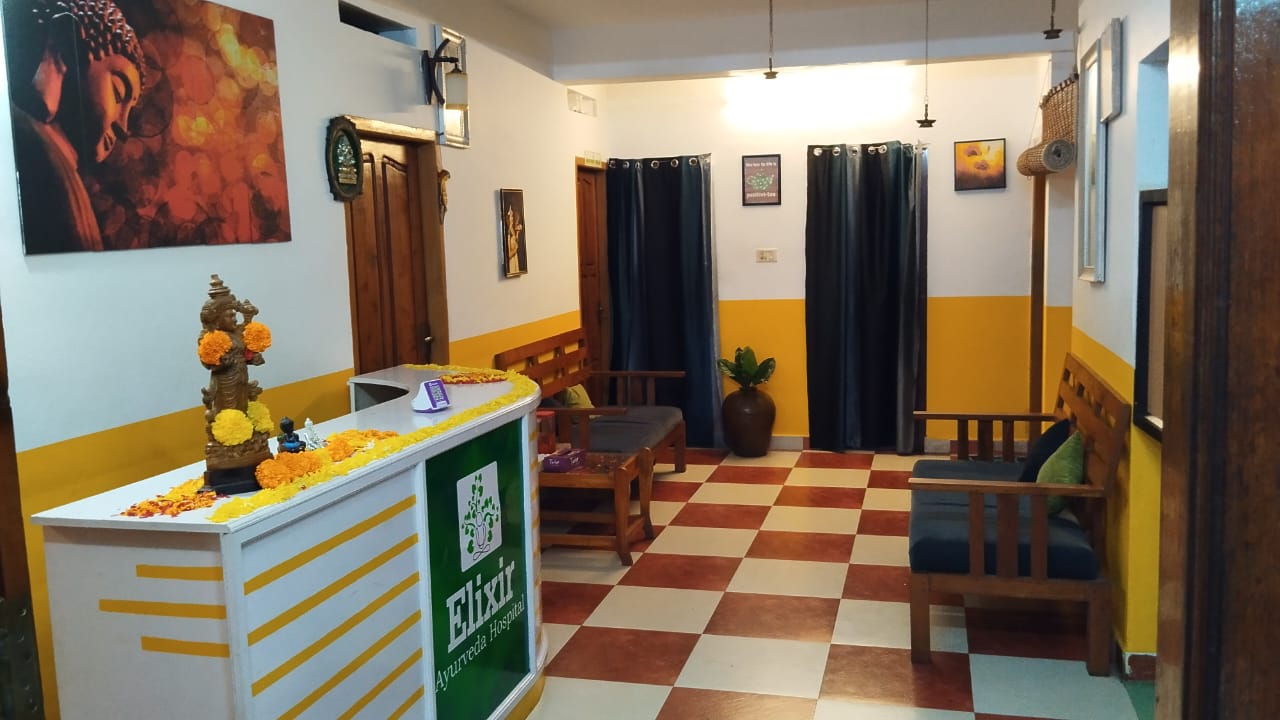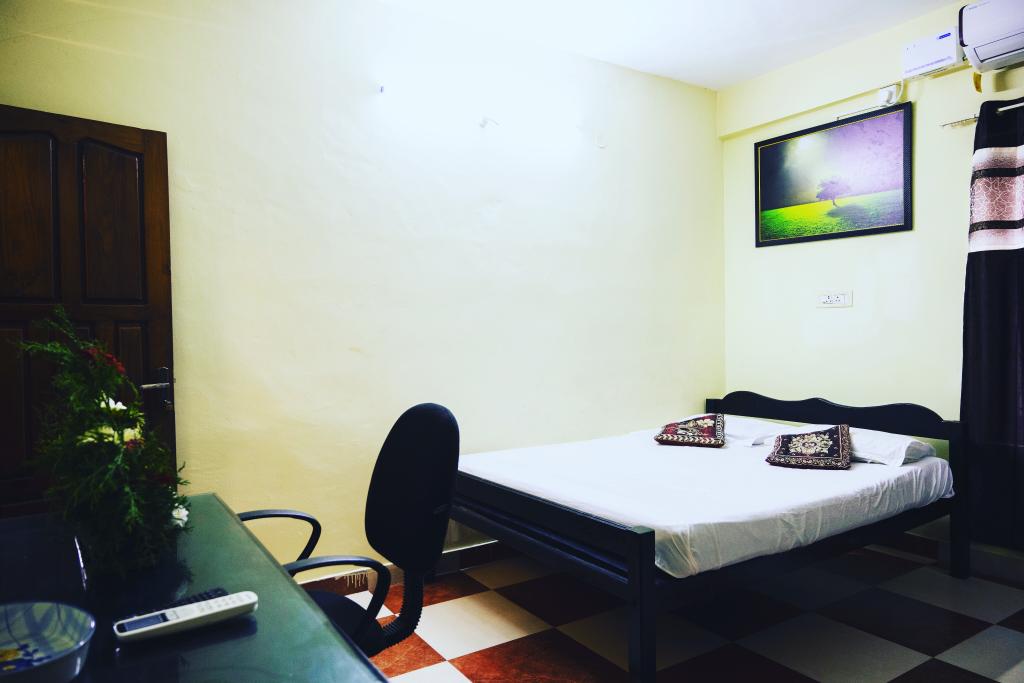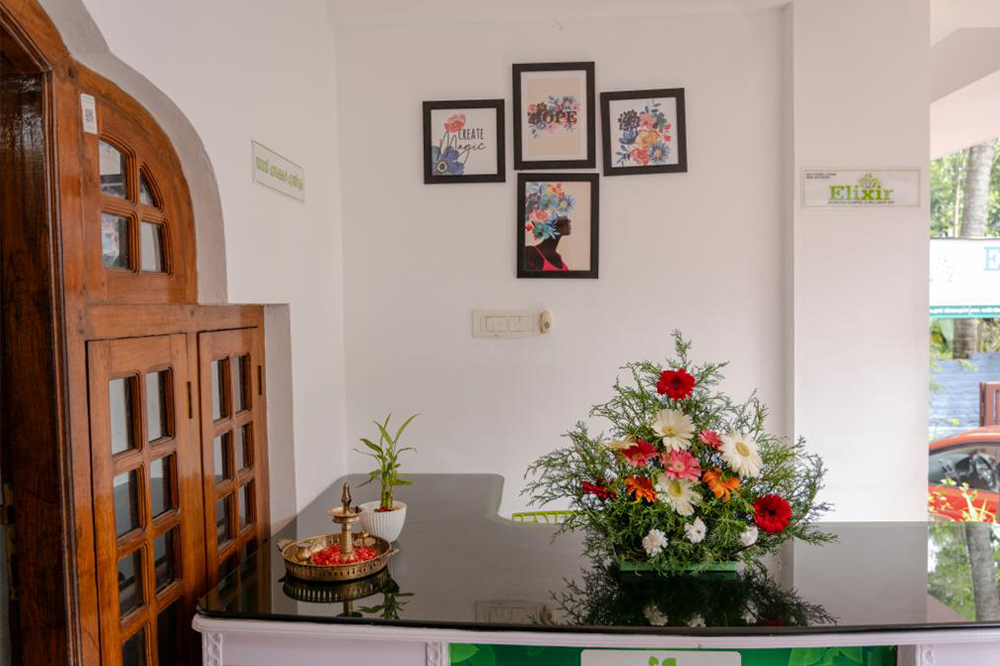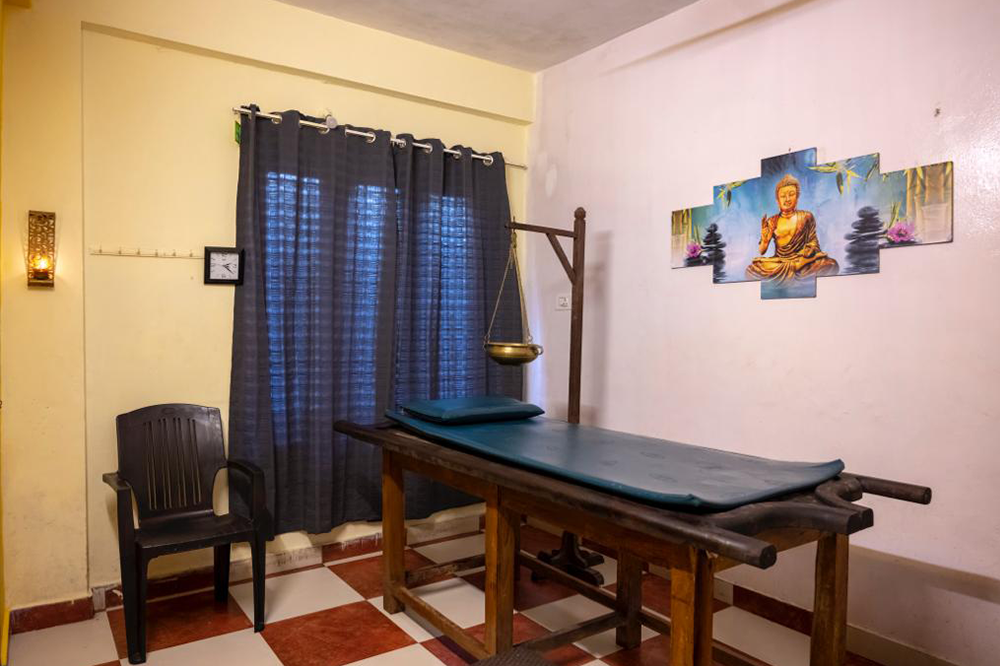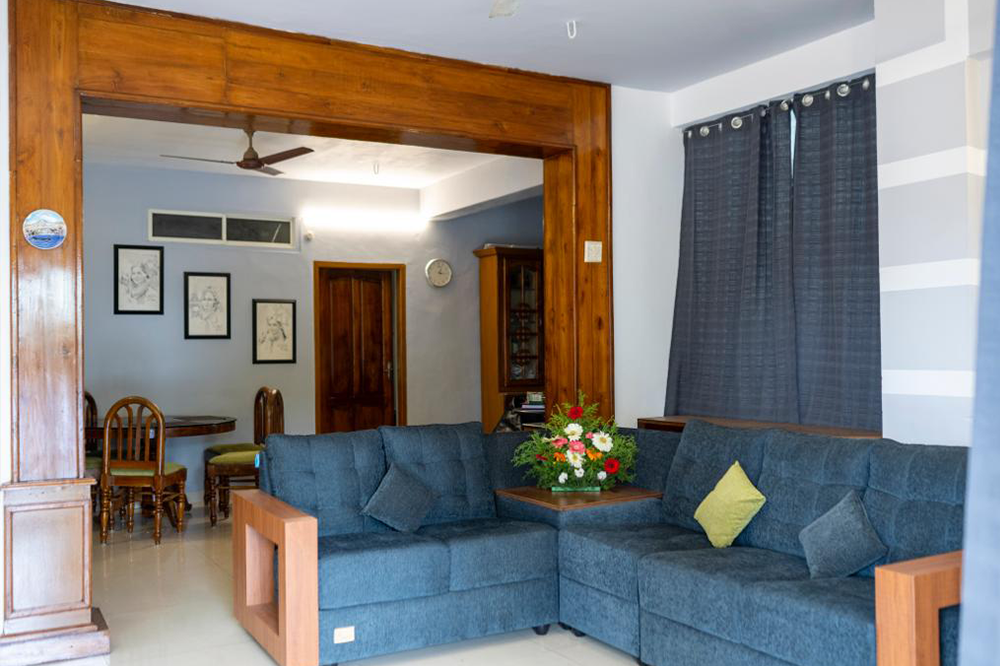Skin, being the largest sense organ of our body, plays a vital role in our overall well-being. The pigment melanin is responsible for giving colour to our skin and protecting it from harmful UV radiation. However, when there is a gradual loss of melanin, it leads to the development of white patches known as vitiligo or leucoderma. This condition can have a significant impact on a person's self-esteem and quality of life. In Ayurveda, vitiligo is referred to as "switra" or "sweta kushta," and it is believed to be caused by an imbalance in the Vata and Bhrajaka Pitta doshas.
Vitiligo treatment in Ayurveda focuses on restoring the balance of these doshas and rejuvenating the skin's pigmentation. Ayurvedic therapies and herbal remedies have shown promising results in managing vitiligo. Let's explore the various aspects of vitiligo treatment in Ayurveda.
TYPES OF VITILIGO
There are two main types of vitiligo: segmented vitiligo and non-segmental vitiligo. In the case of segmented vitiligo, the patches tend to spread rapidly but are more stable than the non-segmental type. It is often asymmetrical. Non-segmental vitiligo, on the other hand, occurs on equal sides of the body, such as the arms, neck, and face. It predominantly affects areas that are frequently exposed to the sun.
CAUSES OF VITILIGO
According to Ayurveda, vitiligo can be caused by incompatibilities in food and other factors. For example, consuming fish along with milk is considered incompatible and can lead to imbalances in the body. While other factors may not be as aggravating, prolonged consumption can contribute to the development of vitiligo.
VITILIGO TREATMENT IN AYURVEDA
Ayurvedic treatments for vitiligo aim to restore the balance of Vata and Bhrajaka Pitta doshas, thereby rejuvenating the skin's pigmentation. These treatments include:
Authentic Panchakarma Treatments:
Panchakarma, a comprehensive detoxification therapy, helps eliminate toxins from the body and restore dosha balance. It involves procedures such as Snehana (oleation therapy) and Virechana (therapeutic purgation), which aid in detoxification and rejuvenation.
Internal Medications:
Ayurvedic medicines play a crucial role in vitiligo treatment. Medicinal herbs like Bakuchi, Manjishta, Neem, Haritaki and Khadira are commonly used to pacify imbalanced doshas, enhance skin health, and stimulate melanin production. These herbal remedies are known for their depigmentation properties and have shown promising results in managing vitiligo.
External Applications:
Along with internal medications, external applications are also recommended to promote skin health and pigmentation. Ayurvedic oils and herbal pastes are applied to the affected areas to nourish the skin, improve blood circulation, and stimulate melanocytes.
DIET AND LIFESTYLE RECOMMENDATIONS
In addition to specific treatments, Ayurveda emphasises the importance of a balanced diet and lifestyle to support the healing process. Some dietary recommendations for managing vitiligo include:
Including grains like wheat, rice, barley, pearl millet, kidney beans and groundnut in your meals. These grains provide essential nutrients and fibre, which are beneficial for overall skin health.
Consuming vegetables such as bitter gourd, spinach, ladyfinger, potato, carrot, and peas. These vegetables are rich in antioxidants and vitamins that support skin rejuvenation.
Incorporating fruits like bananas, figs, coconut, cashew nuts, and almonds, which provide nourishment and promote healthy skin.
Opting for low-fat milk, as it is easier to digest and less likely to aggravate doshas.
Wearing cotton clothing to allow the skin to breathe and prevent excessive sweating, which can irritate the affected areas.
Applying coconut oil or other Ayurvedic oils before bathing to moisturise and nourish the skin.
Using glycerine soap or mild herbal soaps that are gentle on the skin and do not cause dryness.
It is important to note that vitiligo treatment in Ayurveda requires patience and consistency. Results may vary depending on the severity of the condition, individual factors, and adherence to the prescribed treatments and lifestyle recommendations.
To sum up, vitiligo treatment in Ayurveda offers a comprehensive approach to managing this challenging condition. By restoring the balance of doshas, adopting a suitable diet and lifestyle, and following Ayurvedic therapies, individuals with vitiligo can experience improved skin health and regain their self-confidence. Remember, consistency and patience are key in achieving successful results with Ayurvedic treatments for vitiligo. Consult with a qualified Ayurvedic practitioner to receive personalised guidance and treatment tailored to your specific needs.
FAQs
Q1. What is the real cause of vitiligo?
A. Vitiligo is caused by a lack of pigment called melanin in the skin. Melanin is produced by cells called melanocytes. And it gives color to your skin. In vitiligo there are not enough working melanocytes to produce enough melanin to your skin. This causes white patches to develop on your skin.
Q2. At what age vitiligo starts?
A. Vitiligo can start at any age but usually appears before 30.
Q3. What is the first spot of vitiligo?
A. Vitiligo typically begins on your hands, forearm, feet, and face. But can develop on any parts of your body including mucous membranes,eyes, and inner ear
Q4. How do I prevent vitiligo from getting worse?
A. Protect your skin from sun Avoid cuts, scrapes, burns Never use a tanning bed/sun lamp
Q5. How can I increase melanin in my skin?
A. Eating vitamin c rich foods like citrus, berries, leafy green vegetables’ along with vit c supplements may optimise melanin production.
Q6. Which vitamin can control vitiligo?
A. Vitamin B12 & folic acid











